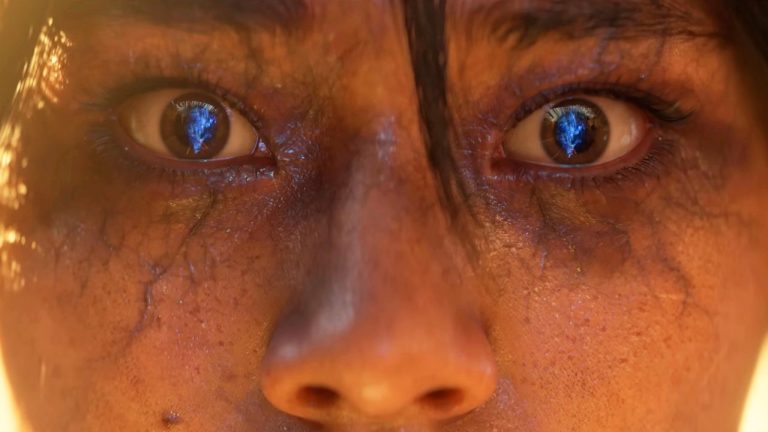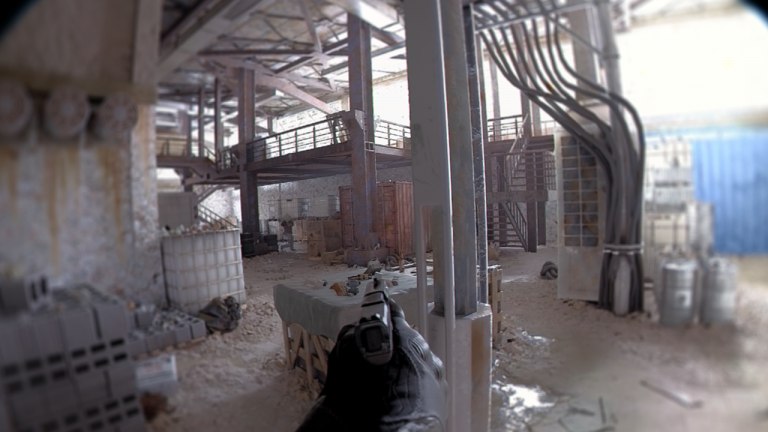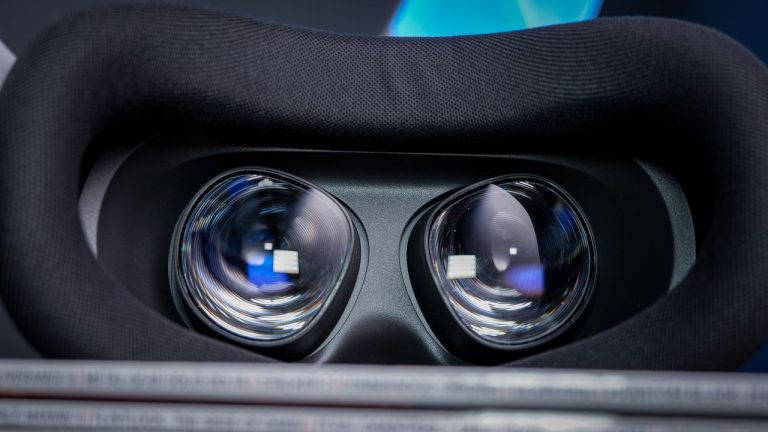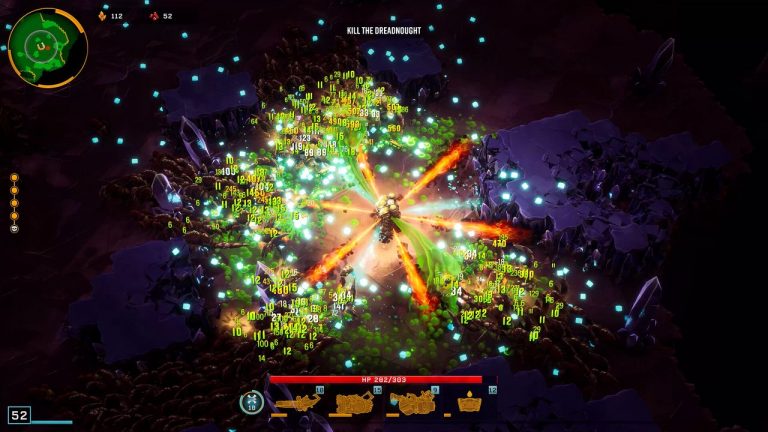Nvidia’s DLSS upscaling. AMD’s frame generation technology. On the same GPU at the same time. Really? It’s cats and dogs living together! Or just the first game to enable that combo, namely Ghost of Tsushima, originally a Playstation 4 title and released just yesterday on PC.
That Nvidia leans into AI isn’t exactly news. And it’s the reason why you can’t have Nvidia Frame Generation on anything but the latest RTX 40-series Nvidia GPUs. Because Nvidia’s take on frame gen uses fancy AI Tensor cores and Optical Flow accelerators. And only the Ada architecture of the RTX 40-series has that stuff in the right specs to run Frame Generation.
But not AMD. Its frame gen is technically simpler and can run on the shaders of any fairly modern GPU, including Nvidia graphics cards. Up until now, however, that has come with a catch. If you ran AMD frame gen on an Nvidia GPU, you could only use AMD’s FidelityFX Super Resolution at the same time, meaning you couldn’t run Nvidia’s DLSS upscaling instead.
There’s no getting round the fact that DLSS offers better image quality in most scenarios than FSR. The good news is that the first game to combine AMD frame generation with Nvidia DLSS has arrived thanks to AMD disconnecting it from the FSR feature with the 3.1 update.
It’s now possible to combine those two Nvidia and AMD features in Ghost of Tsushima. We’ve taken it for a quick spin on an RTX 3080 Ti laptop and can confirm not only that the options are available but that it works.
In our rough testing running at high quality and 4K, frame generation with DLSS in quality mode pushed frame rates into the 60s and low 70s, up from the mid 40s with just DLSS enabled. In our brief run through, we didn’t detect any obvious image quality problems, though wider and more sustained play across the community will be needed to shake out any issues.
Nvidia DLSS and AMD Frame Gen, together at last! (Image credit: Sony)
As it happens, AMD said it was going to decouple frame generation from upscaling back at GDC in March. We’ve put the question to AMD regarding what other games will allow this combo.
(Image credit: Future)
Best CPU for gaming: The top chips from Intel and AMD.
Best gaming motherboard: The right boards.
Best graphics card: Your perfect pixel-pusher awaits.
Best SSD for gaming: Get into the game ahead of the rest.
For now, we believe there’s a patch coming to enable the combination for Ratchet & Clank: Rift Apart. But we’ll update if we learn of other titles. In the meantime, it’s certainly an appealing proposition.
Generally, we find DLSS delivers better results in terms of upscaling image quality than AMD’s FSR. So owners of RTX 20 and 30-series GPUs are well advised to use that where available.
However, those older GPUs aren’t supported by Nvidia when it comes to frame gen, which has meant gamers being forced to choose between the best upscaling quality from DLSS and being able to use AMD’s frame generation but also being forced to make do with AMD’s FSR scaling.
Now RTX 20 and 30-series GPU owners can having their DLSS cake and eat some tasty AMD frame generation too. Hooray. Hopefully we’ll see support for this combination become more and more common.












